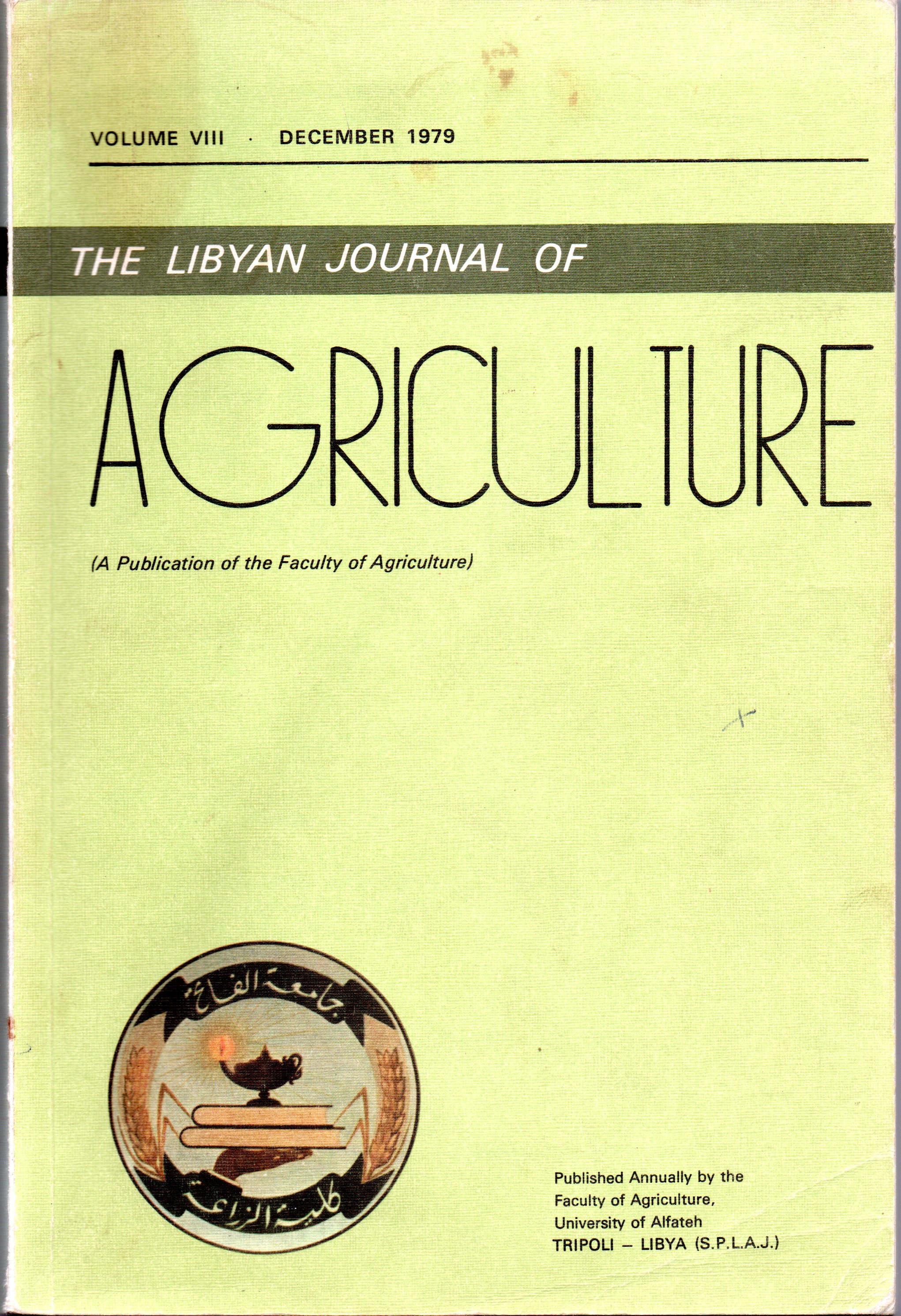Simulation of a System of Lowland Sheep Production with Different Times of Lambing
Main Article Content
Abstract
A simulation model of a flock of Masham sheep rotationally grazing a sward of S24 perennial ryegrass in England was used to show the economic differences between three times of lambing. Under U.K. prices for 1976. early-lambing was most profitable overall since the lambs could be fattened quickly on the spring flush of grass and sold early at a higher price. Late-lambing was most profitable only if a catch crop of stubble turnips was used to fatten lambs in October to December, and the lambs sold at a high price in late December. Year-to-year variations in gross margin due to variations in herbage production were lowest in the early lambing system since year-to-year variation in herbage production is lowest in the first half of the year.
Article Details
How to Cite
EDELSTEN, P. R. ., & NEWTON, J. E. . (2023). Simulation of a System of Lowland Sheep Production with Different Times of Lambing. The Libyan Journal of Agriculture, 8(1). Retrieved from http://uot.edu.ly/journals/index.php/ljagric/article/view/557
Section
Articles

